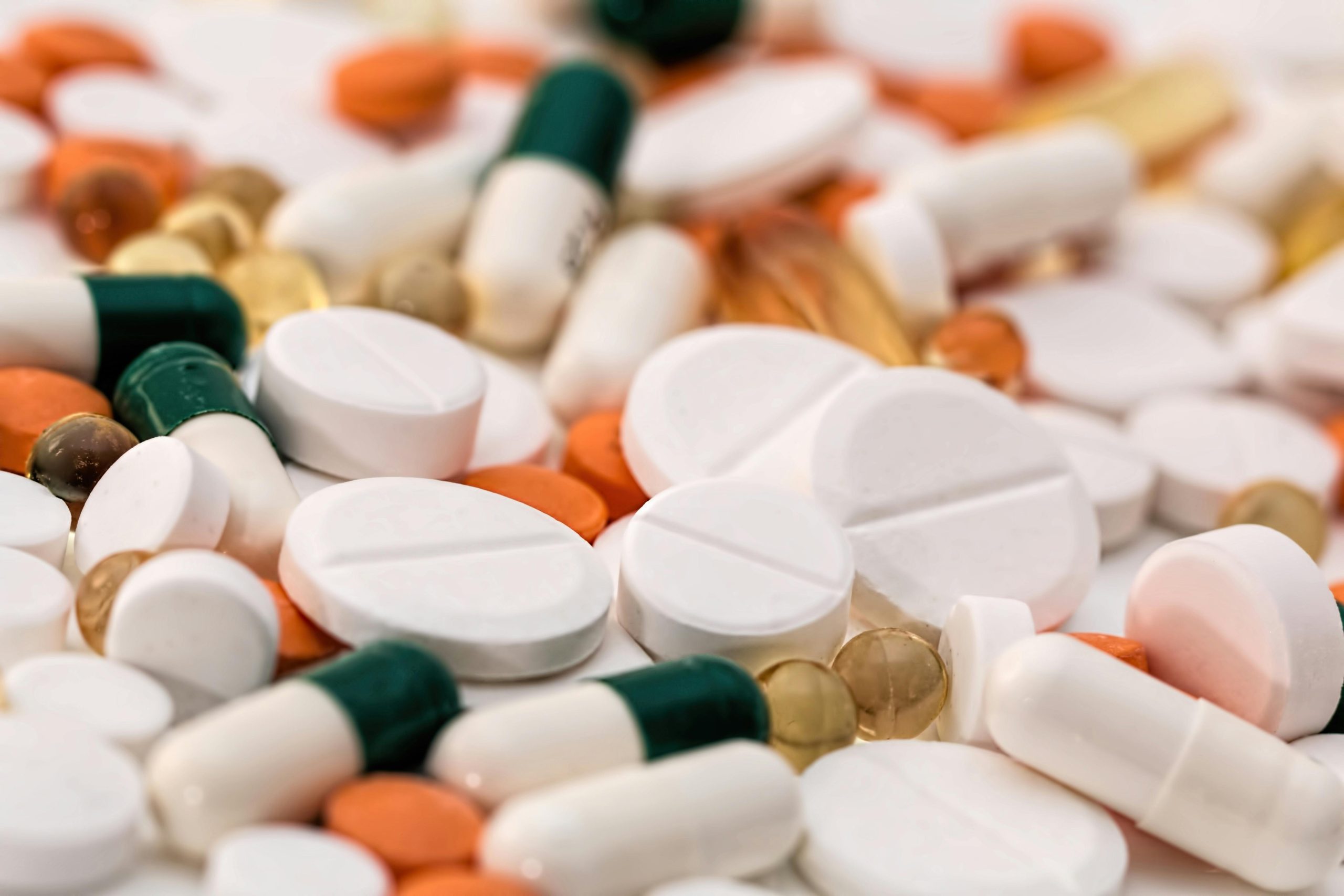
SA pharmaceutical government procurement in 2024 witnessed increased investment aimed at strengthening healthcare infrastructure, addressing communicable and non-communicable diseases, and promoting local pharmaceutical manufacturing. With a budget increase of 3.5% from the previous year, the government remains committed to enhancing medicine accessibility, upgrading healthcare facilities, and supporting local suppliers.
This analysis provides insights into total government spending on pharmaceuticals, key procurement authorities, top buyers in government tenders, and the most procured pharmaceutical products.
Total Government Spending on Pharmaceuticals
In 2024, the South African government allocated R62.2 billion to the National Department of Health (NDoH), marking a 3.5% increase from R60.1 billion in 2023. The budget distribution was as follows:
- R49.1 billion (79%) – Allocated to disease treatment (R25.4 billion) and hospital systems, including facility upgrades (R23.9 billion).
- R8.3 billion – Dedicated to HIV/AIDS prevention and treatment programs, highlighting South Africa’s ongoing commitment to combating the disease.
- R280 billion – Total health sector budget, reflecting a 7.6% increase from 2023, aimed at improving healthcare services, upgrading infrastructure, and hiring medical professionals.
To reduce reliance on pharmaceutical imports and strengthen local production, the government aims to allocate 30% of public healthcare procurement to local manufacturers.
Top Buyers in Government Pharmaceutical Procurement
Government-funded institutions dominate SA pharmaceutical tenders, ensuring medicine distribution across public hospitals, clinics, and research facilities. The primary buyers include:
- Public Hospitals and Clinics – The largest recipients of government-procured medicines, serving millions of patients nationwide.
- Medical Research and Treatment Facilities – Focused on disease control, specialized treatments, and clinical trials.
- South African Military Health Service (SAMHS) – Procures medicines for defense personnel and affiliated healthcare centers.
- State-Owned Entities (SOEs) in Healthcare – Play a crucial role in the logistics and distribution of pharmaceuticals across South Africa.
By centralizing procurement through key public health institutions, the government ensures cost-effective and streamlined medicine distribution.
Top Pharmaceutical Products Procured in 2024
South Africa’s government pharma procurement in 2024 focused on high-demand medications addressing both communicable and non-communicable diseases.
- Antiretroviral (ARV) Drugs – A top priority due to South Africa’s high HIV prevalence, with significant funding allocated for HIV/AIDS treatment programs.
- Vaccines – Large-scale immunization campaigns for COVID-19, measles, influenza, and childhood diseases.
- Antibiotics and Antimicrobials – Essential for treating infections and combating antimicrobial resistance (AMR).
- Chronic Disease Medications – High procurement of drugs for diabetes, hypertension, and cardiovascular diseases to manage South Africa’s growing burden of non-communicable diseases (NCDs).
- Oncology Drugs – Increased funding for cancer treatments, including chemotherapy and targeted therapies, in response to rising cancer rates.
These priority medicines reflect South Africa’s commitment to disease prevention, treatment, and healthcare system strengthening.
Key Trends in 2024
1. Increased Local Manufacturing in Pharma Procurement
The government is actively encouraging local pharmaceutical production by ensuring 30% of public procurement is dedicated to domestic suppliers.
2. Strengthening of HIV/AIDS Treatment Programs
With R8.3 billion allocated to HIV/AIDS prevention and treatment, procurement of antiretroviral (ARV) drugs remains a top priority.
3. Growth in Non-Communicable Disease (NCD) Drug Procurement
Procurement of diabetes, hypertension, and cardiovascular medications is increasing to address South Africa’s growing NCD crisis.
4. Expansion of Vaccine Procurement and Immunization Programs
Government tenders have prioritized COVID-19 boosters, measles, influenza, and HPV vaccines to strengthen public health immunity.
5. Adoption of Digital and AI-Based Procurement Systems
The digitization of pharmaceutical procurement processes is improving efficiency, transparency, and cost control.
Major News and Updates
- New Procurement Policies for Local Manufacturing – Increased government support for local pharmaceutical production.
- Expansion of Oncology Drug Access – New chemotherapy and targeted therapies added to government-funded treatment programs.
- HIV/AIDS Treatment Expansion – More ARV drugs included in public healthcare tenders to improve treatment coverage.
- Healthcare Infrastructure Upgrades – Government investment in hospital facilities and pharmaceutical supply chain improvements.
- AI-Based Procurement Pilot Programs – Trials for AI-driven medicine procurement systems to optimize costs and distribution.
Future Outlook and Predictions
1. Greater Focus on Local Pharma Industry Growth
Expect stronger government incentives for local pharmaceutical manufacturers to reduce reliance on imports.
2. Expansion of Digital Procurement Platforms
AI-driven procurement platforms will enhance medicine supply chain efficiency and transparency.
3. Strengthened Vaccine Procurement Programs
New tenders will focus on boosting vaccine coverage for communicable diseases.
4. Increased Public-Private Partnerships
Collaboration between the government and pharmaceutical companies will drive innovation and affordability in drug procurement.
5. Enhanced Procurement Policies for Affordable Medicine Access
Regulatory improvements will ensure cost-effective and streamlined drug procurement benefiting public healthcare services.
Conclusion
In 2024, South Africa’s government pharmaceutical procurement strategy focused on expanding medicine accessibility, supporting local production, and investing in key treatment areas. With a growing emphasis on non-communicable disease management, digital procurement advancements, and vaccine procurement, the country is moving toward a more efficient, self-reliant, and patient-centric healthcare system.
For businesses and suppliers looking to engage in South African pharmaceutical tenders, understanding these trends and priorities is essential for successfully navigating the procurement landscape.
#SouthAfricaPharma #PharmaProcurement #GovernmentTenders #GlobalTenders #HealthcareInvestment #MedicineAccess #HIVAIDSTreatment #LocalManufacturing #OncologyDrugs #ChronicDiseases #EProcurement #DigitalHealth #PharmaceuticalTenders